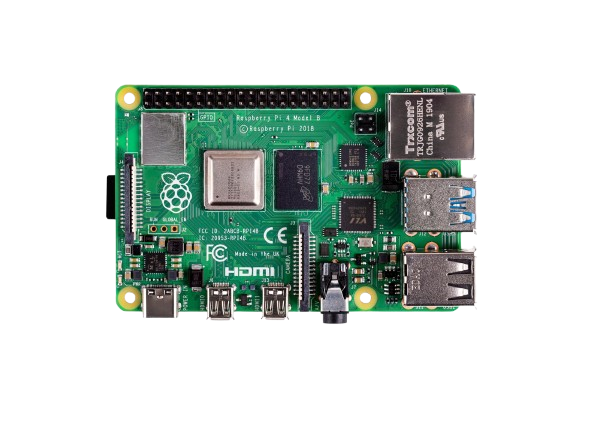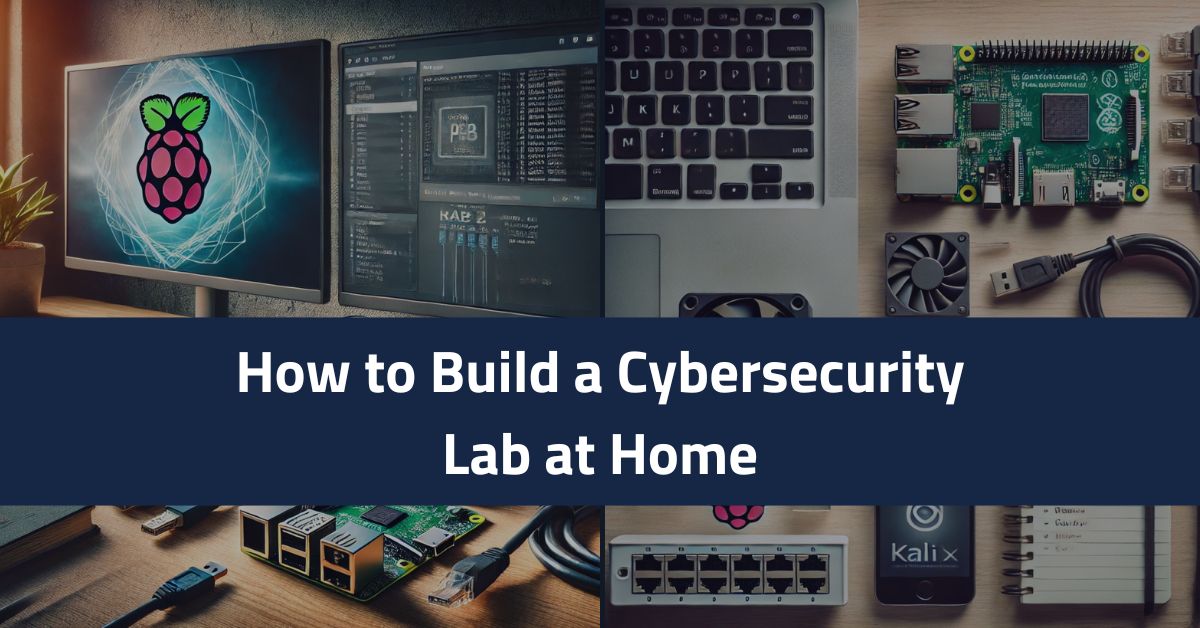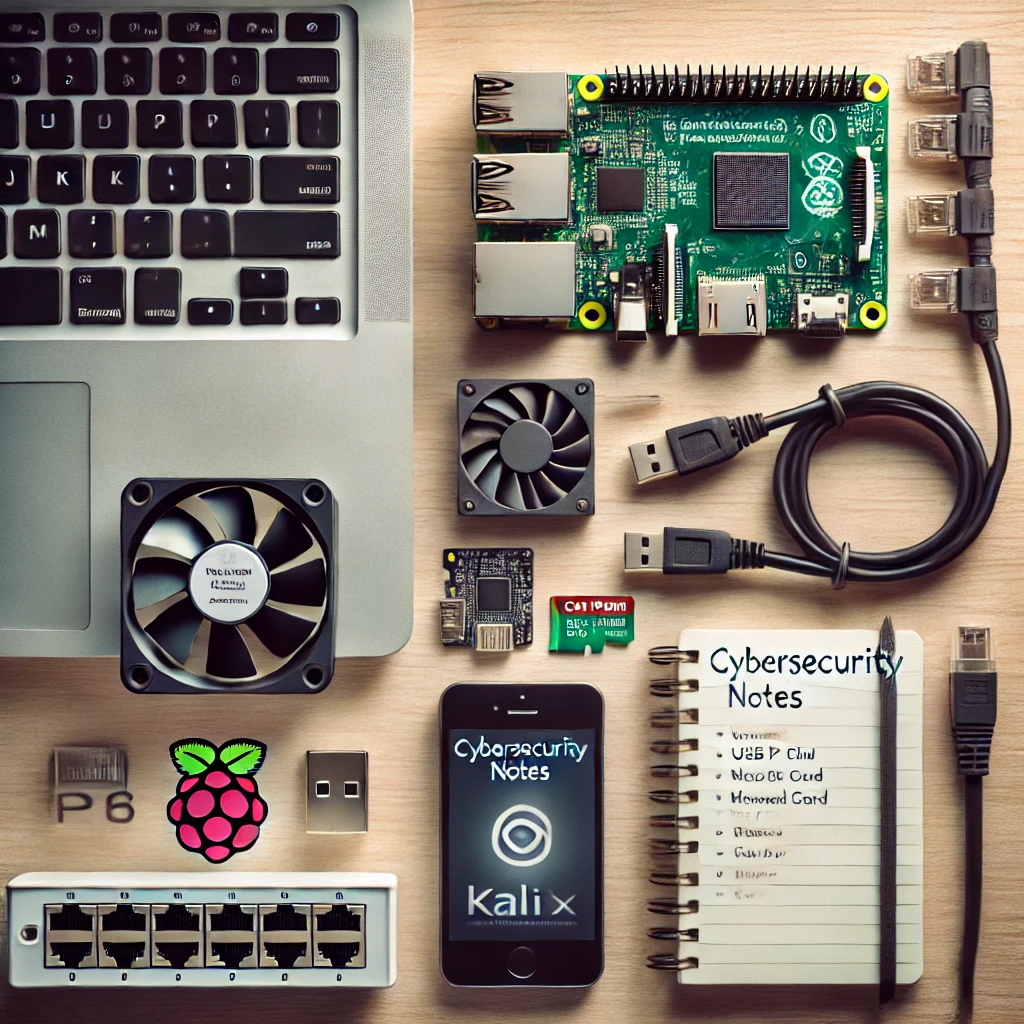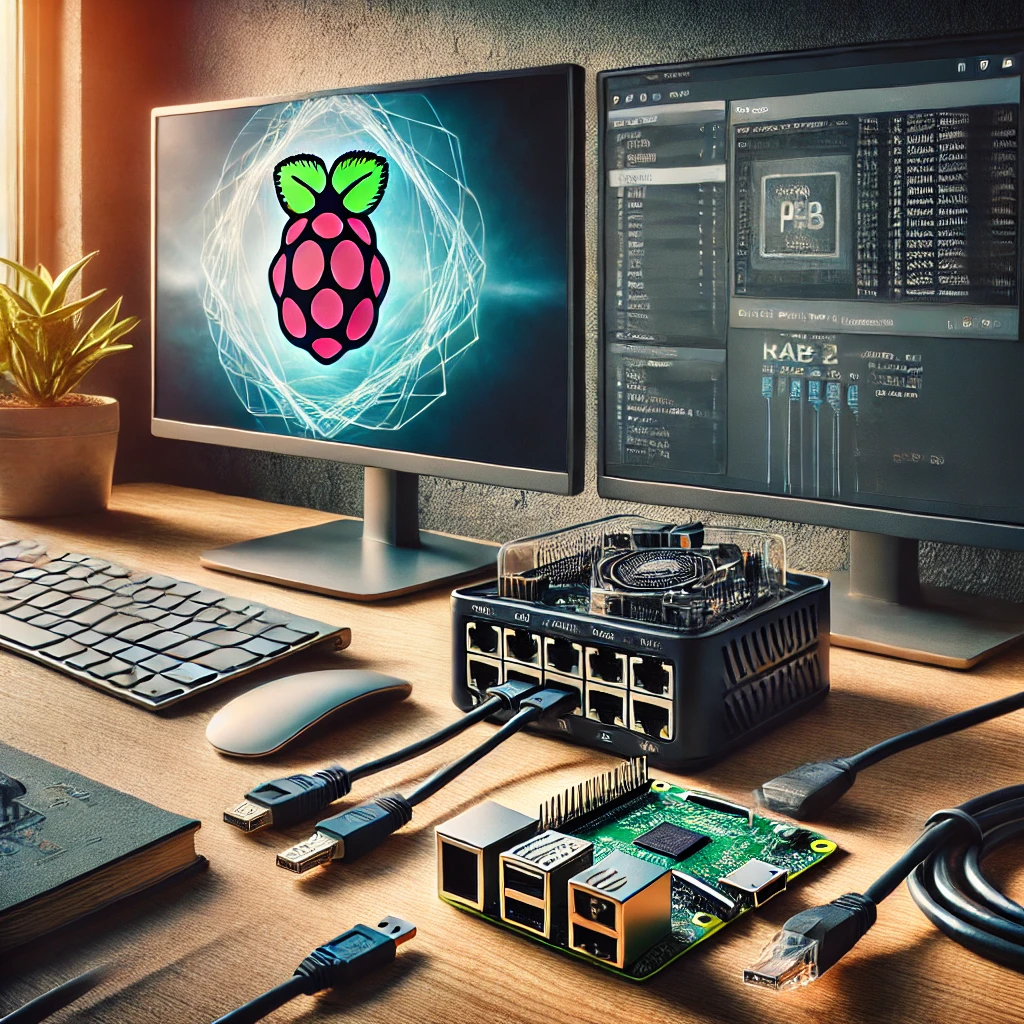If you’re passionate about cybersecurity and ethical hacking, practical hands-on experience is essential. Whether you’re a beginner, student, or aspiring penetration tester, having your own cybersecurity lab at home helps you gain real-world skills that books and videos can’t teach.
The best part? You don’t need expensive hardware. With just a few budget-friendly tools and devices (most available on Amazon), you can set up your very own cyber lab at home—perfect for learning Kali Linux, networking, and ethical hacking.
Why You Need a Home Cybersecurity Lab
A cybersecurity lab gives you:
- A safe and isolated environment to practice hacking techniques
- The ability to run Kali Linux and penetration testing tools
- Experience with network devices, servers, IoT, and wireless attacks
- Practical knowledge of tools like Metasploit, Wireshark, Nmap, Burp Suite, and more
Whether you’re preparing for CEH, OSCP, eJPT, or just learning for fun—this setup will speed up your progress.
Components of a Cybersecurity Lab at Home
Here’s a simple breakdown of what you’ll need:
1. Raspberry Pi – The Heart of Your Lab
Raspberry Pi 4 is a small, affordable, and powerful mini-computer that can run Kali Linux, act as a server, or simulate IoT devices. It’s perfect for creating a hacking lab that’s portable and energy-efficient.
Use Cases:
- Install Kali Linux ARM version
- Simulate IoT devices
- Host vulnerable web apps
- Use as a Wi-Fi hacking station
🔗 Buy Raspberry Pi 4 (4GB RAM): [https://amzn.to/4kyA8aI]
🔗 Buy Raspberry Pi 4 Starter Kit: [https://amzn.to/4eRjYYS]
💡 Go for the 4GB or 8GB version for smooth multitasking.
2. USB Wi-Fi Adapter – For Wireless Hacking & Monitor Mode
Most internal laptop Wi-Fi cards don’t support monitor mode or packet injection—essential features for wireless attacks. That’s why you’ll need an external USB Wi-Fi adapter.
Recommended Features:
- Dual-band (2.4GHz + 5GHz)
- Supports monitor mode & packet injection
- Compatible with Kali Linux
🔗 Buy ALFA AWUS036ACH USB Wi-Fi Adapter: [https://amzn.to/3GESpFw]
💡 This is one of the most popular adapters among ethical hackers.
3. MicroSD Card – To Install Kali Linux on Raspberry Pi
To run Kali Linux on Raspberry Pi, you’ll need a high-speed microSD card. This will store your OS, tools, and files.
Recommended:
- 32GB or 64GB
- Class 10 (for fast performance)
🔗 Buy SanDisk 64GB Class 10 microSD Card: [https://amzn.to/3GL9P3b]
💡 Avoid cheap cards—they often crash during installations.
What Can You Practice in This Lab?
Once your lab is ready, you can begin learning and experimenting with:
- Installing and using Kali Linux
- Network scanning using Nmap
- Sniffing traffic with Wireshark
- Wireless attacks using Aircrack-ng
- Building and attacking vulnerable web apps (DVWA, OWASP Juice Shop)
- Setting up MITM attacks on your test network
- Practicing reverse shells and payload creation
- Running honeypots, firewalls, and DNS sinkholes (like Pi-hole)
You can also connect your lab with platforms like:
- TryHackMe
- Hack The Box
- VulnHub
- OverTheWire
Tips for Using Your Home Cyber Lab
- Isolate your lab network from your home Wi-Fi to avoid accidental damage
- Always practice ethically—never test tools on unauthorized devices
- Keep your Kali Linux system updated
- Take notes and screenshots to track your progress
- Join forums and communities to ask questions and learn faster
Conclusion
Building your own cybersecurity lab at home is one of the best investments you can make in your learning journey. With tools like the Raspberry Pi, USB Wi-Fi adapters, and a few basic accessories, you can create a complete hands-on environment that mirrors real-world scenarios.
And the best part? You can buy everything you need directly from Amazon in one click.
👉 Start building your lab today – Click here to buy the complete kit
Empower your learning. Practice with real tools. Build a future-proof cybersecurity career from your own desk!
Team CyberiumX



